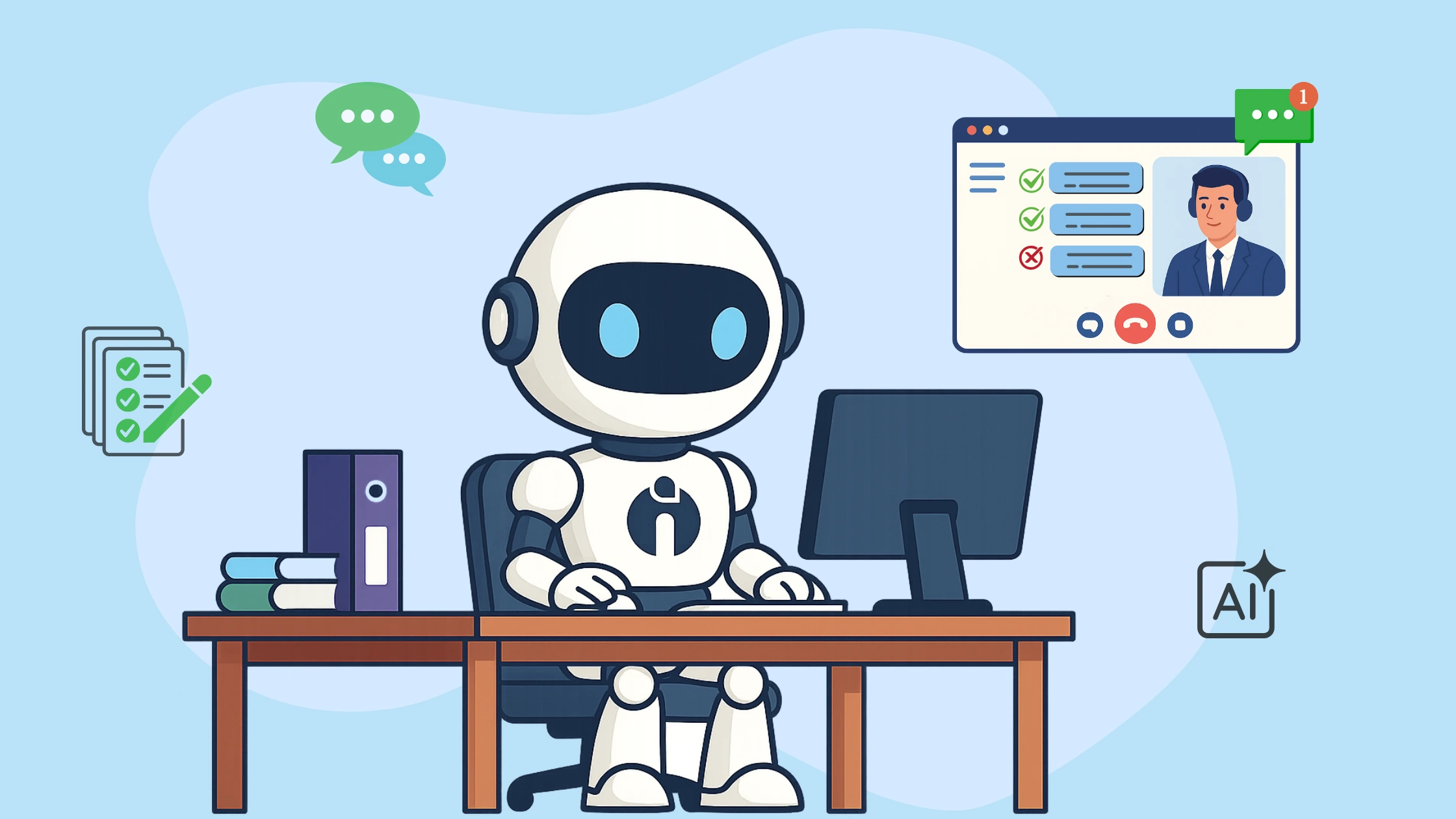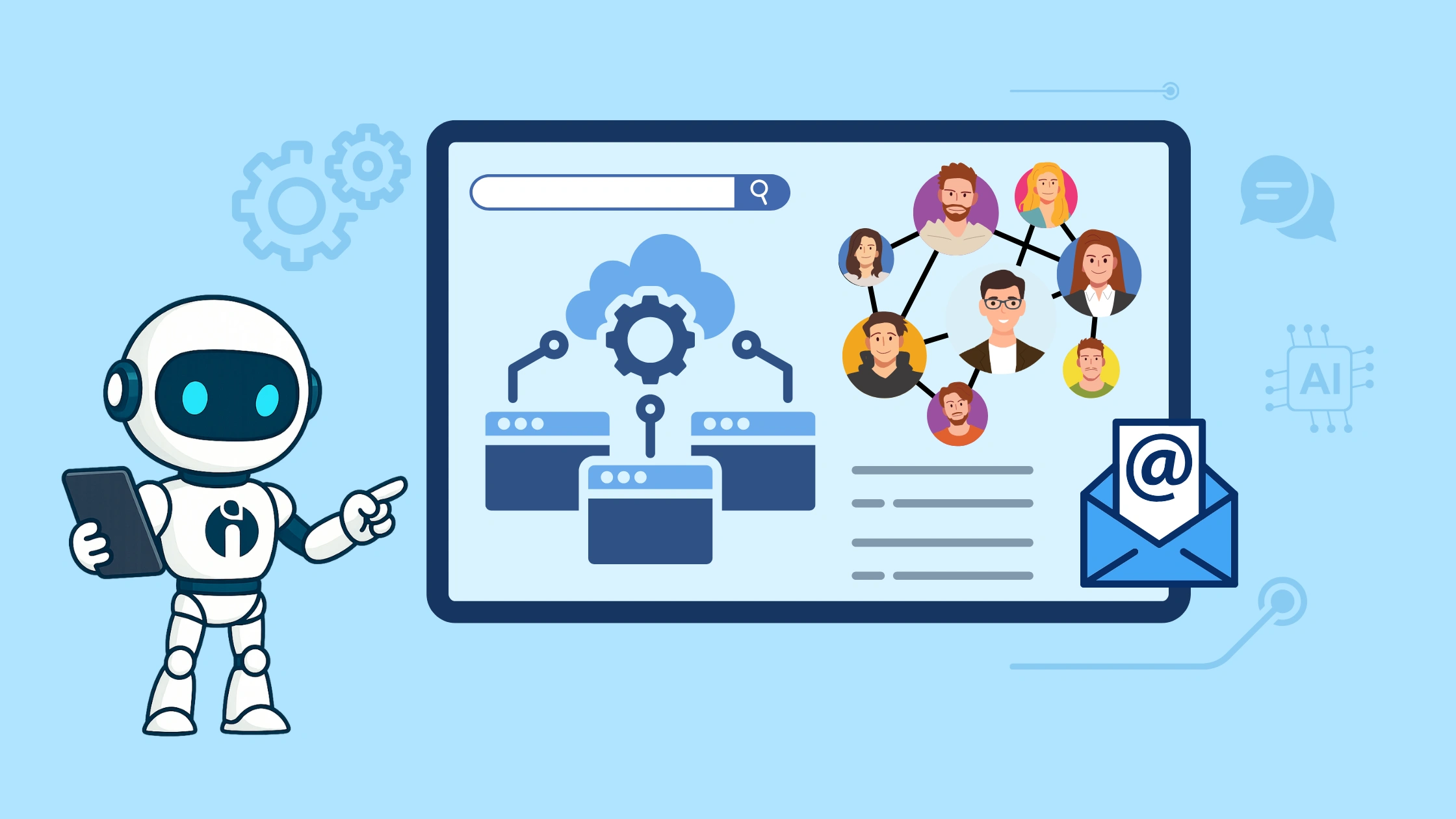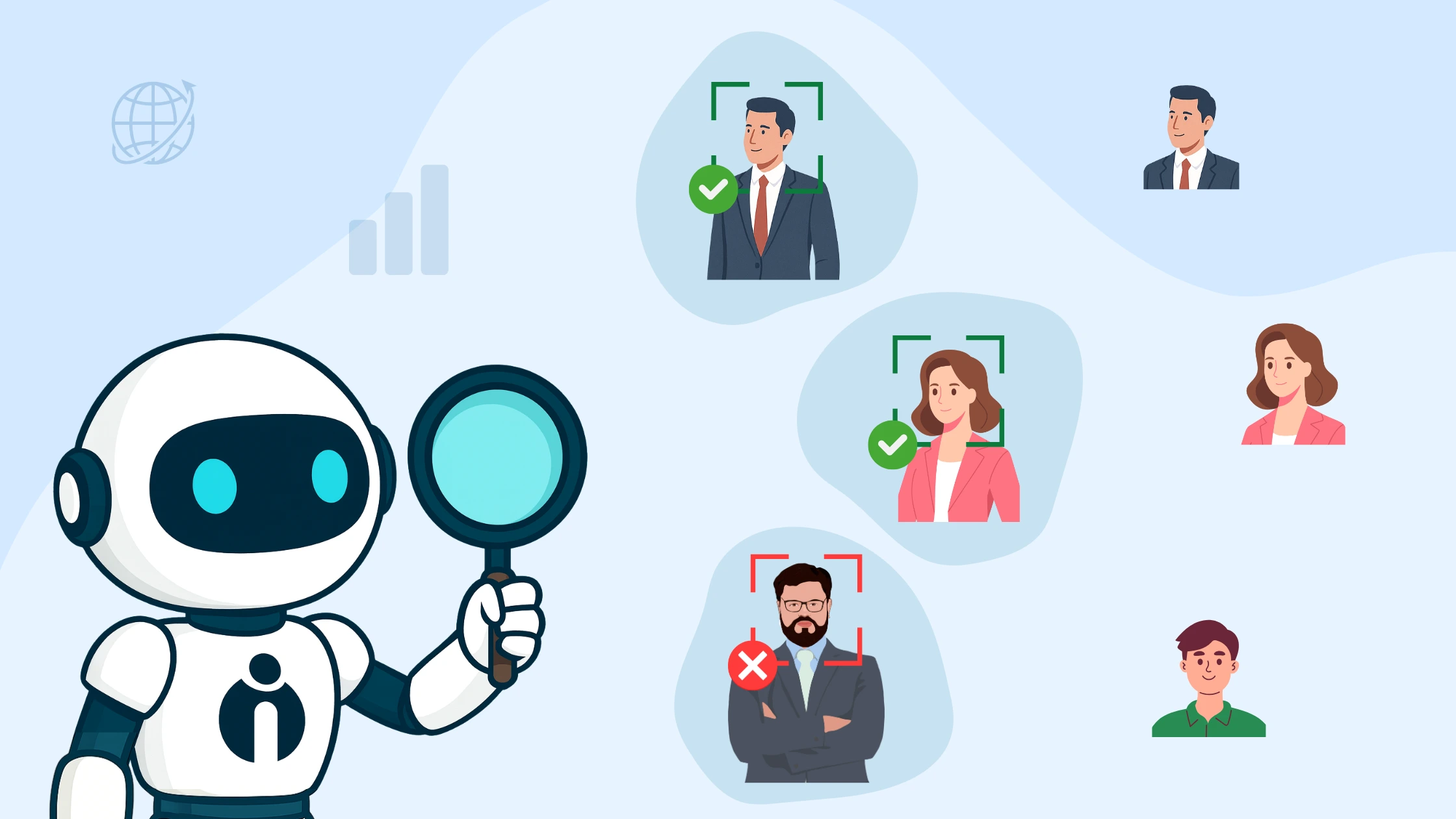TL;DR
- Effective onboarding in 2026 combines logistical preparation with genuine human connection.
- A detailed checklist covers pre-onboarding, first day, first week, 90 days, and ongoing engagement.
- Using onboarding software like iSmartRecruit streamlines processes and improves new hire experience.
- Personalising the onboarding journey and avoiding common mistakes increases employee retention and satisfaction.
In 2026, the way we work has shifted dramatically - hybrid setups, global hiring, and faster job changes mean employees form opinions about a company much sooner. If their first impression isn't positive, they're likely to leave within months.
A structured new employee onboarding process builds trust and shows new hires they've made the right choice. Creating a seamless process that makes them feel at ease, secure, and prepared to contribute is more important than merely completing paperwork.
Example: Imagine starting a new job and finding your laptop, ID card, and welcome message already waiting for you. That small gesture speaks volumes about the company's culture. Beyond logistics, great onboarding is about connection. New hires need more than just tools to do their job - they need people who make them feel included from day one. It could be sharing a team lunch, grabbing a coffee with their manager, or having a friendly mentor show them the ropes - these simple gestures help new hires feel at home and understand how they fit into the bigger picture.
When onboarding blends efficiency with genuine human warmth, it doesn't just prepare someone for their role - it makes them excited to be part of the journey ahead.
What Should Be Included in a New Employee Onboarding Checklist?
When HR leaders search for "what to include in an onboarding checklist", they're usually looking for a balance between logistics and human connection. Yet, just 29% of new hires feel fully prepared and supported to succeed in their new roles - a gap that highlights why a well-structured checklist is critical.
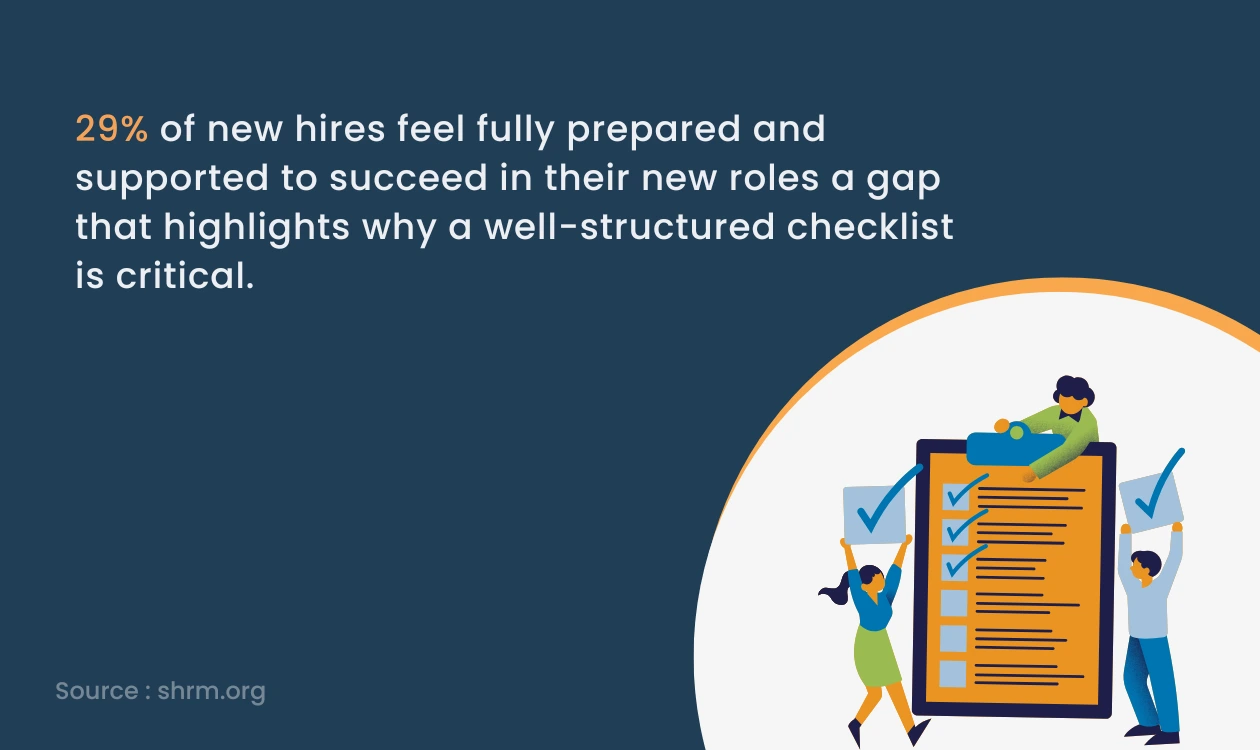
A practical checklist ensures:
- All admin tasks are completed without stress.
- The employee feels welcomed and included from day one.
- Training and role expectations are clear.
- Cultural integration happens naturally, not forcefully.
Skipping any of these can result in confusion, disengagement, and ultimately, early resignation.
Step-by-Step New Hire Onboarding Checklist for 2026
1. Pre-Onboarding Preparation
This stage happens before the new employee's official first day and sets the tone for the relationship.
Detailed actions:
- Send a warm welcome email, personalising it with the manager's name, a brief company overview, and details of what the employee can expect.
- Share important information upfront - Include dress code, parking info, or remote login instructions.
- Prepare all tools in advance - Have their laptop, software accounts, and access badges ready.
- Ship a welcome kit - This could include branded stationery, a company T-shirt, or a handwritten note.
2. First-Day Essentials
The first day is often the most nerve-wracking for new hires - your goal is to make it memorable for the right reasons.
Detailed actions:
- Organise a team introduction - Whether in-person or over Zoom, let them meet the people they'll work with.
- Give an office or virtual tour - Familiarise them with meeting rooms, communication tools, and policies.
- Complete all HR paperwork quickly - Don't let forms take up the entire day.
- Assign a buddy or mentor - Someone they can ask small, everyday questions without feeling awkward.
3. First Week Onboarding
The first week should focus on building relationships and clarity about the role.
Detailed actions:
- Explain the role and KPIs in detail, ensuring they understand how their work contributes to the bigger picture.
- Set up departmental introductions - Let them meet colleagues from different functions to understand cross-team collaboration.
- Begin role-specific training - Use short, interactive sessions to avoid overwhelming them.
- Have daily check-ins - Even 10-minute conversations can help address early doubts.
4. First 90 Days Plan
The first three months determine whether the employee will stay long-term.
Detailed actions:
- Break down goals into 30-, 60-, and 90-day milestones - This provides a roadmap for growth.
- Regular feedback sessions - Use them to highlight progress and address challenges early.
- Assign meaningful projects - Give them tasks that allow them to showcase skills.
- Encourage cross-team collaboration - Invite them to interdepartmental meetings or brainstorming sessions.
5. Ongoing Engagement
Onboarding doesn't stop at 90 days - it should flow into long-term employee engagement.
Detailed actions:
- Offer continuous learning through workshops, webinars, and mentorship programs to keep employees motivated.
- Recognise achievements publicly - Even small wins should be celebrated in team meetings or newsletters.
- Discuss career growth opportunities - Show a path for advancement early on.
- Organise cultural activities - From virtual coffee chats to in-office team-building events.
Which Software Can Simplify New Employee Onboarding in 2026?
Manual onboarding can be slow and inconsistent. In 2026, companies are turning to HR onboarding software to make the process smoother and more scalable.
Benefits of onboarding software:
- Automated document handling - E-signatures speed up compliance.
- Employee self-service portals - New hires can explore resources at their own pace.
- Centralised training modules - Easy tracking of progress and completion.
- Integration with HR systems - Keeps all employee data in one place.
Here are five standout tools making onboarding effortless in 2026:
1. iSmartRecruit
A powerful all-in-one recruitment software and onboarding platform designed for both small and mid-sized businesses. It enables HR teams to seamlessly transition candidates into employees through automated offer letters, e-signatures, and custom onboarding checklists. The platform also integrates training assignments, compliance documents, and task tracking in one place, making the entire recruitment process smooth and scalable.
2. BambooHR
Popular for its user-friendly interface, BambooHR helps HR teams handle paperwork, employee records, and performance data with ease. Its onboarding module offers automated welcome emails, role-based task lists, and an easy way for new hires to complete forms and explore company policies online.
3. Workday
A robust enterprise HR solution that offers deep integration with payroll, benefits, and compliance systems. Its onboarding workflow ensures all necessary forms, trainings, and introductions are completed on schedule while giving managers visibility into every step.
4. Sapling by Kallidus
Designed with remote and hybrid teams in mind, Sapling automates key onboarding steps such as task assignments, team introductions, and culture orientation. It allows HR to set up personalised employee journeys, helping new hires feel connected from day one.
5. Click Boarding
A specialised onboarding platform that focuses on engagement and retention. It offers personalised onboarding paths, interactive training content, and compliance tracking - all aimed at ensuring employees are productive and culturally aligned as quickly as possible.
By pairing the right employee onboarding software with a clear checklist, HR teams can create a welcoming, organised, and compliance-ready experience for every hire - whether they’re in the office or halfway around the world.
What Pro Tips Can Make Your Onboarding Process Stand Out?
- Customise the experience for each role - A software engineer's onboarding should differ from a sales executive's.
- Incorporate storytelling - Share real success stories from employees who started in similar roles.
- Gamify learning - Turn training into quizzes and reward milestones with small perks.
- Gather feedback early - Ask for honest opinions in the first week to fine-tune the process.
Personalising the onboarding journey isn’t just a nice touch-it’s a proven driver of engagement. In fact, new hires who experience exceptional onboarding are 2.6× more likely to be satisfied at work, making them more motivated and productive from day one.
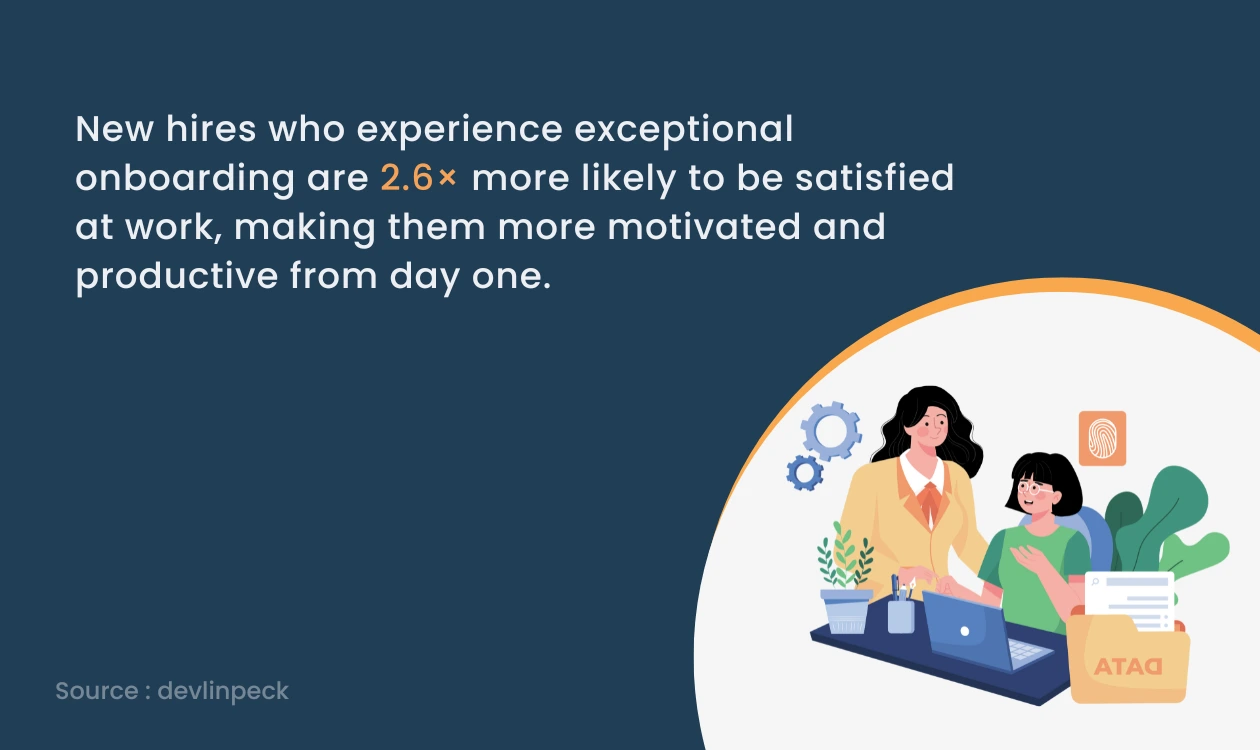
What Are the Common New Hire Onboarding Mistakes to Avoid?
- Overwhelming the employee on day one - Spread information across weeks instead of dumping it all at once.
- Neglecting remote hires - Ensure they feel equally included with virtual introductions and check-ins.
- Skipping follow-ups - First-week check-ins aren't enough; maintain regular communication.
- Not tracking onboarding success - Use retention rates and performance reviews as indicators.
Final Thoughts - Building an Onboarding Process That Lasts
In 2026, employee onboarding isn’t just an HR formality - it’s a business-critical strategy. Every stage, from pre-onboarding preparation to long-term engagement, shapes how quickly new hires adapt and how committed they remain. A poorly structured process can lead to disengagement, early turnover, and slower productivity.
This guide outlined a complete onboarding checklist - from first-day essentials to role-specific training, cultural integration, and digital tools that remove bottlenecks. Yet, the real challenge lies in maintaining consistency while still making the experience personal.
That’s where iSmartRecruit stands out. It enables HR teams to automate repetitive tasks, send personalised welcome journeys, and track every onboarding milestone - all without losing the human connection that makes employees feel valued. By combining the right process with a powerful platform like iSmartRecruit, companies can turn a new hire’s first impression into lasting loyalty and long-term performance.
Frequently Asked Questions (FAQ)
1. How long should employee onboarding take?
Ideally, around 90 days, allowing time for training, integration, and relationship building. Ongoing engagement ensures long-term success.
2. What documents are needed for onboarding?
Typically, employment contracts, tax forms, proof of identity, and signed acknowledgements of company policies.
3. How can remote onboarding be effective?
Combine video meetings, digital collaboration tools, and interactive online training to keep remote hires engaged and informed.
4. What is the difference between onboarding and orientation?
Orientation is a short-term introduction, while onboarding is a longer process that integrates employees into the company.
5. How do I measure onboarding success?
Monitor retention rates, time-to-productivity, and feedback from employee satisfaction surveys.


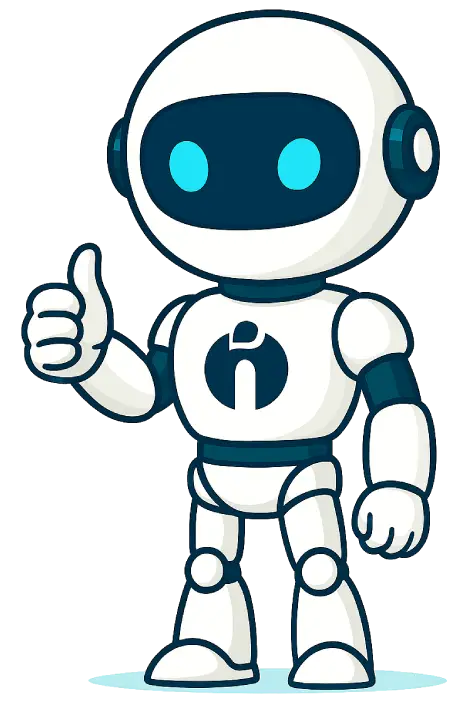



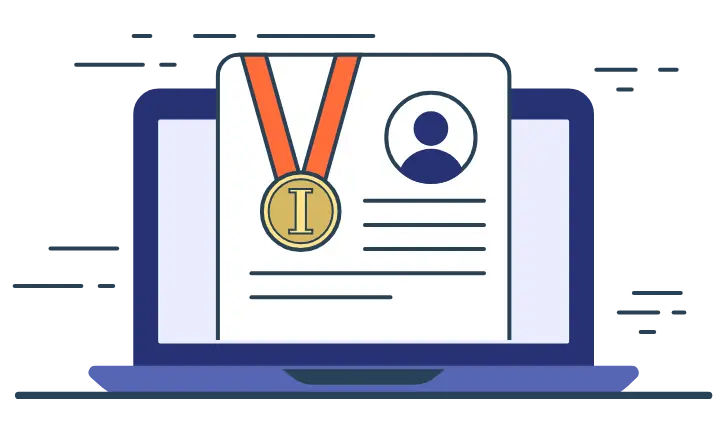

1.webp)


